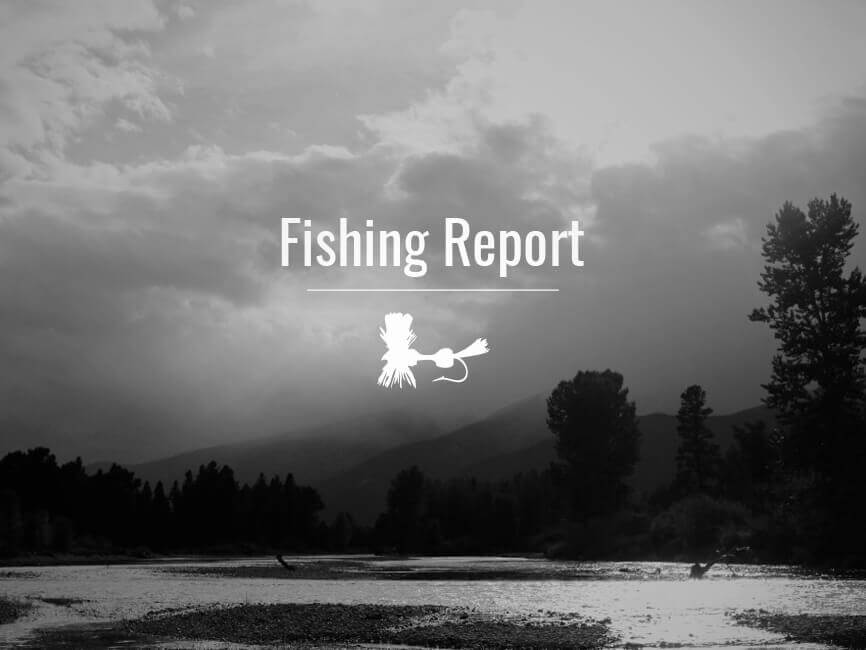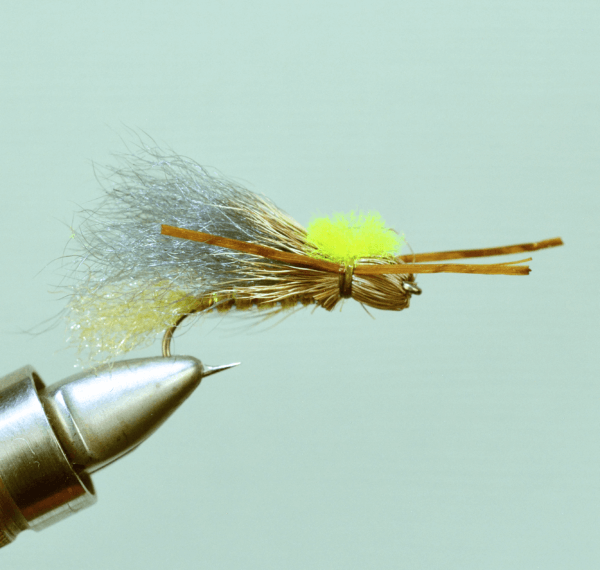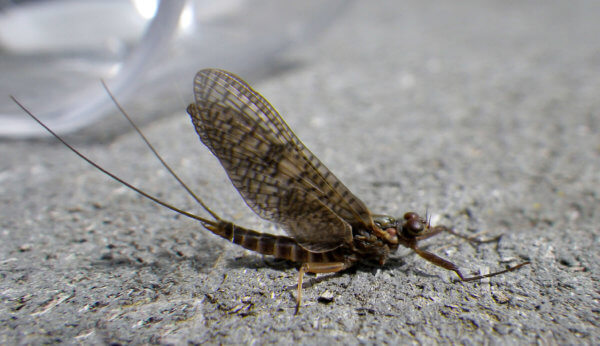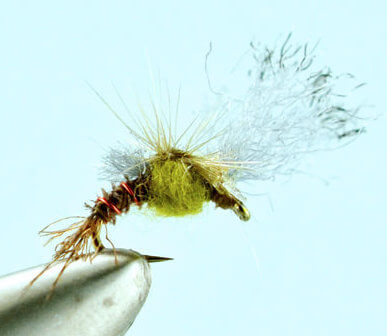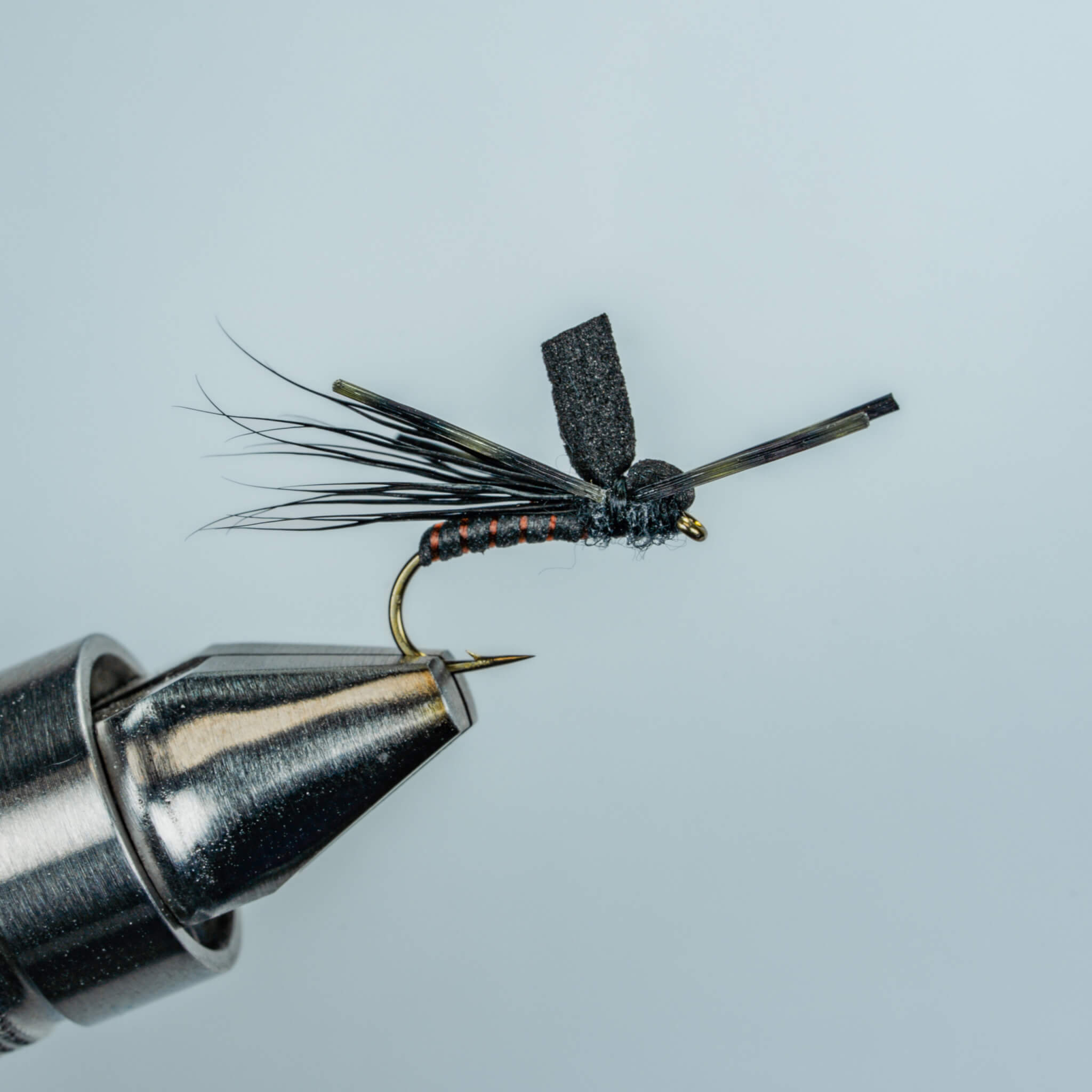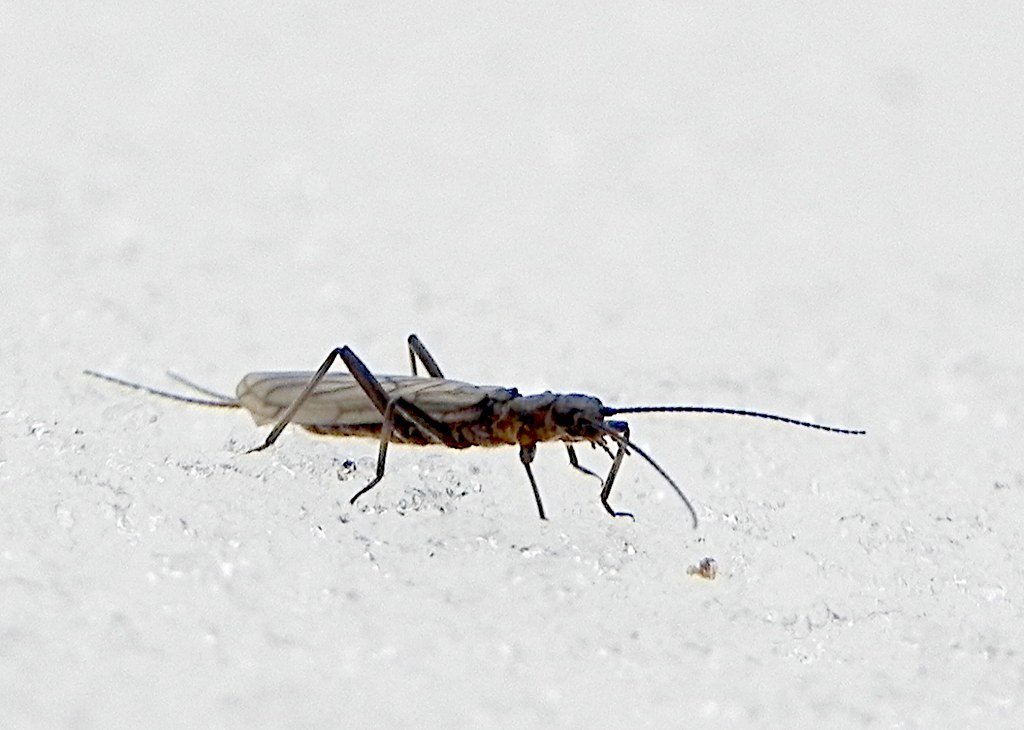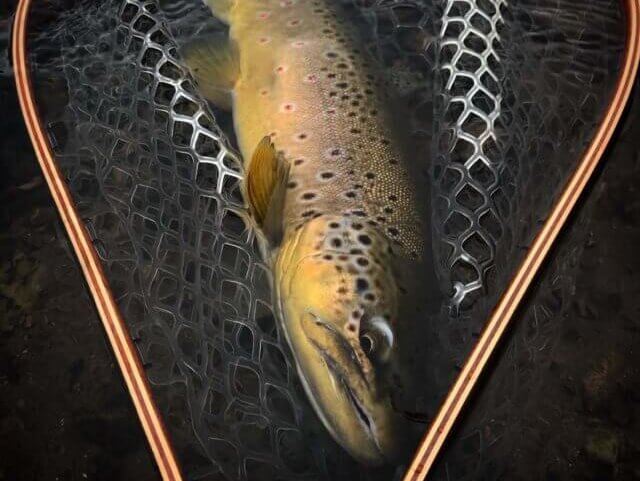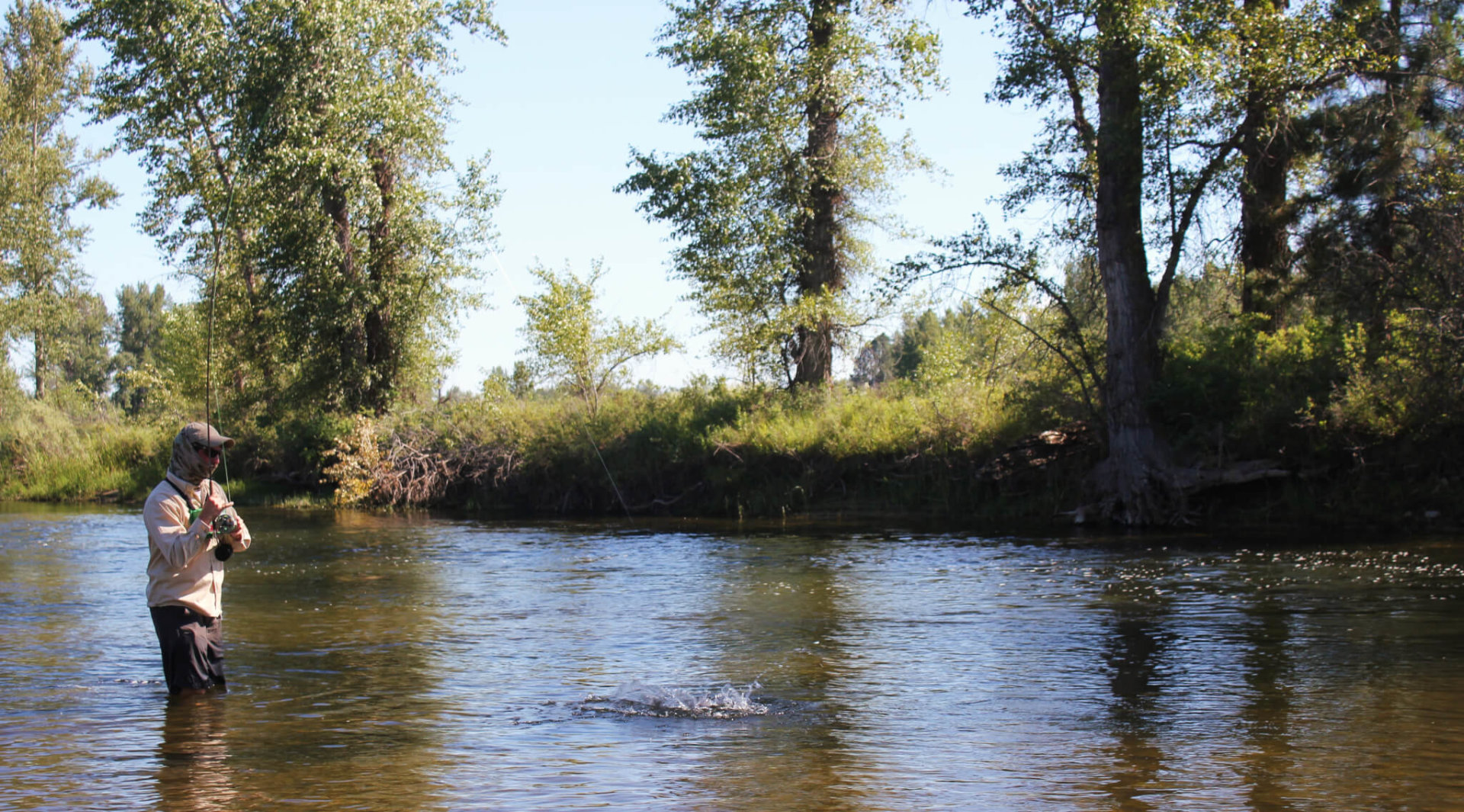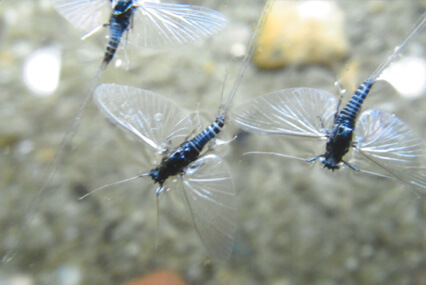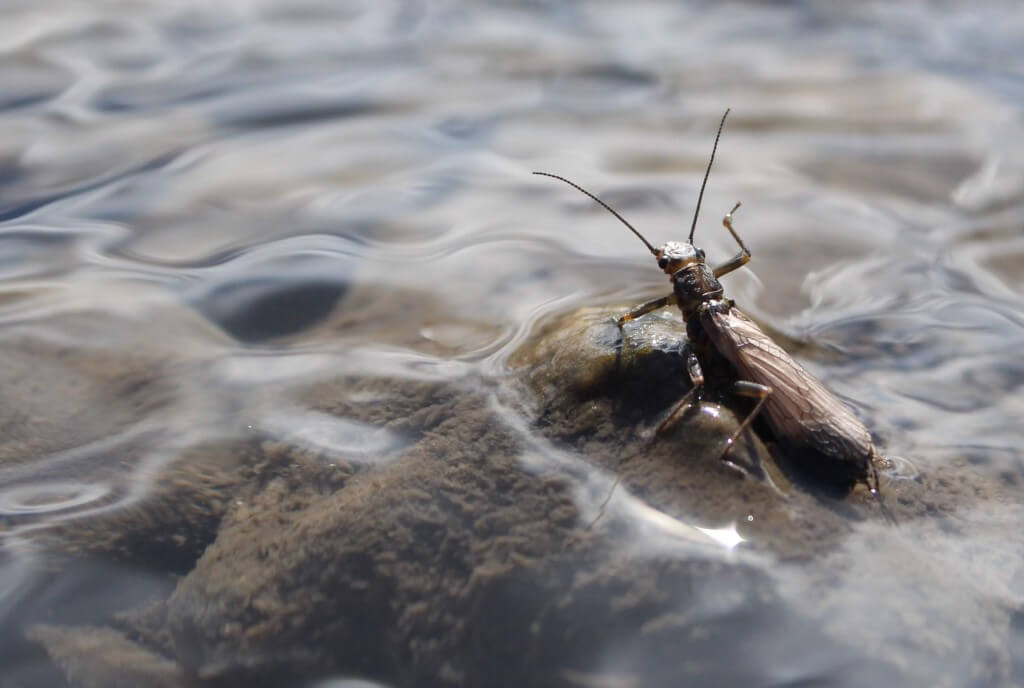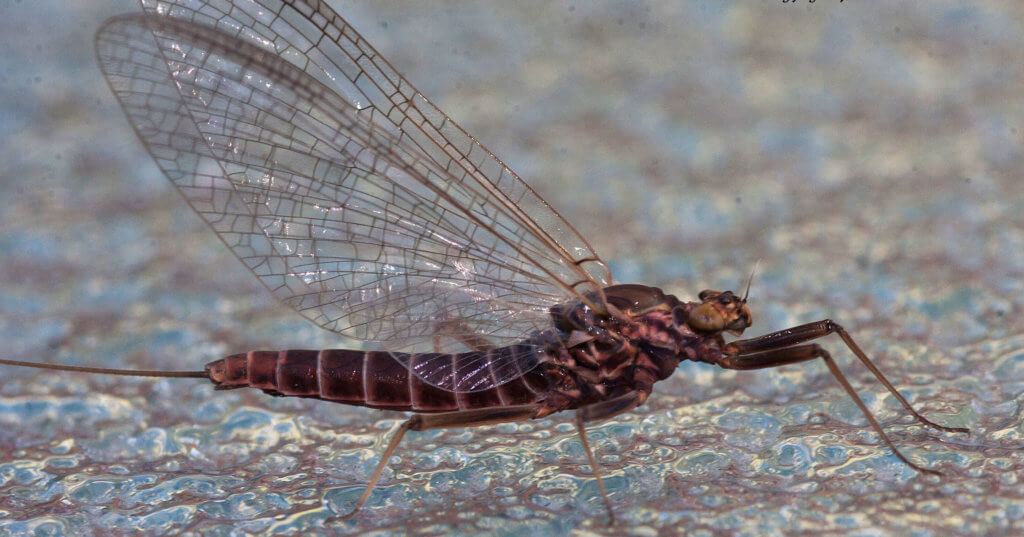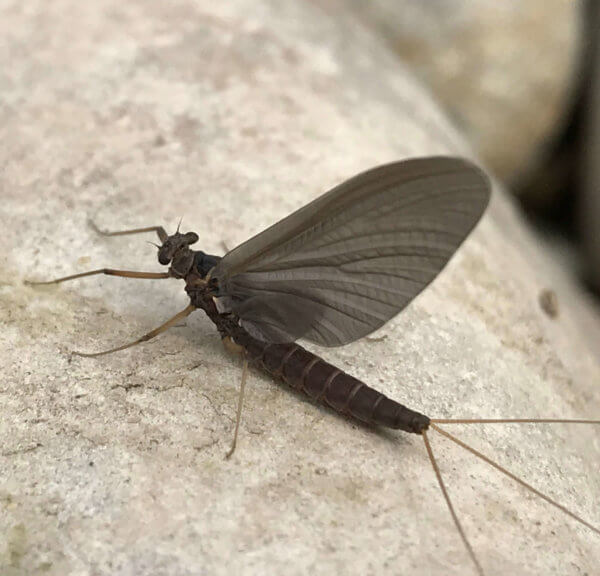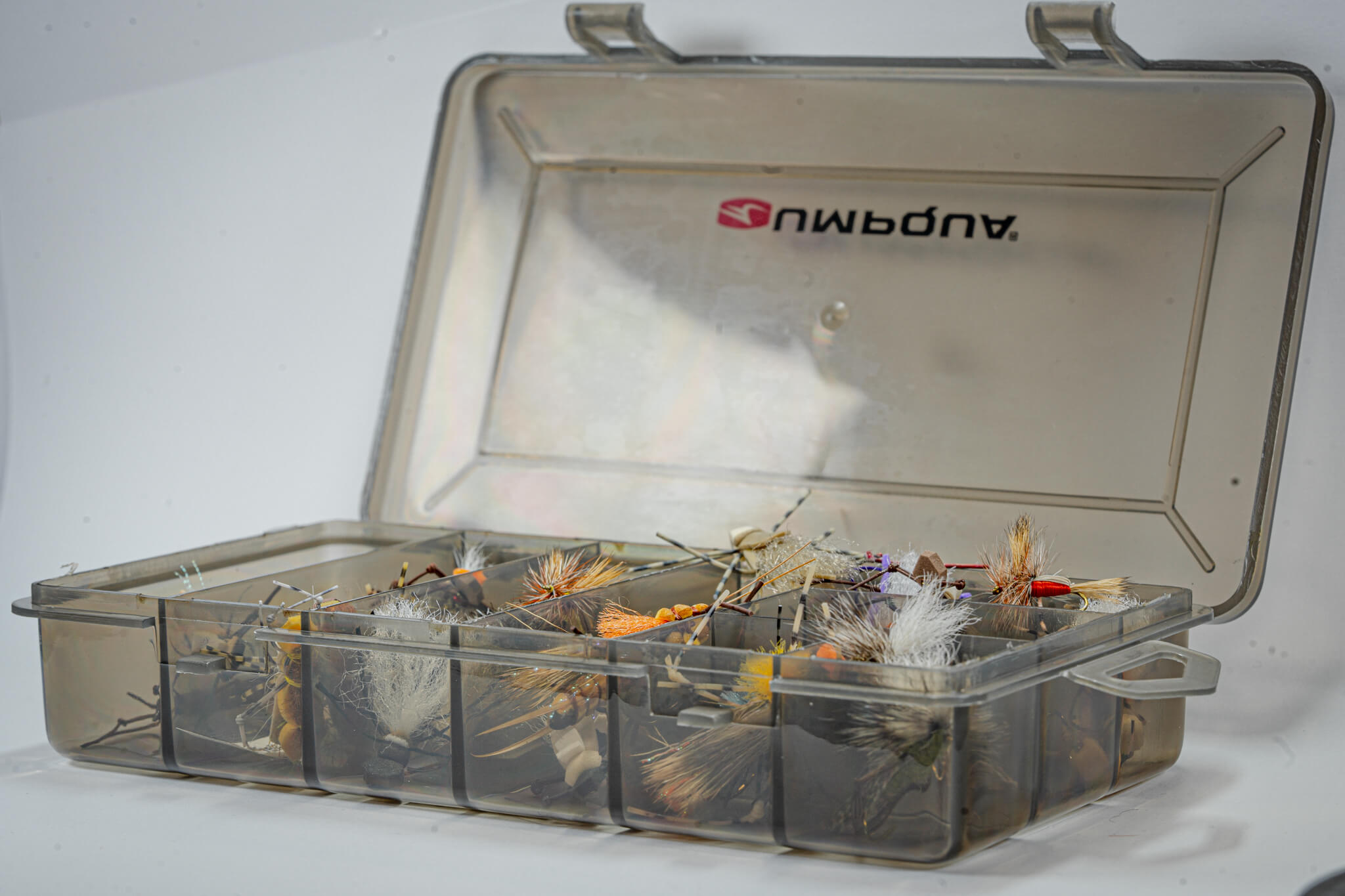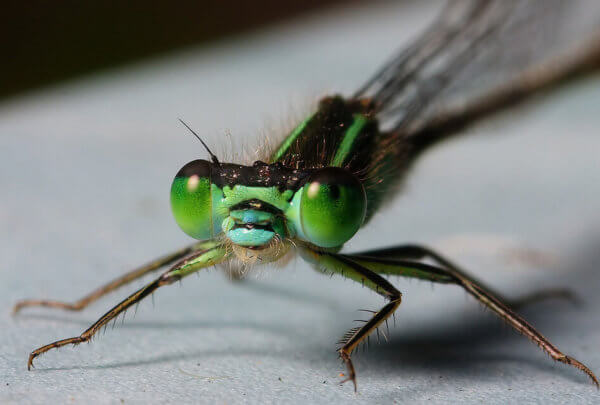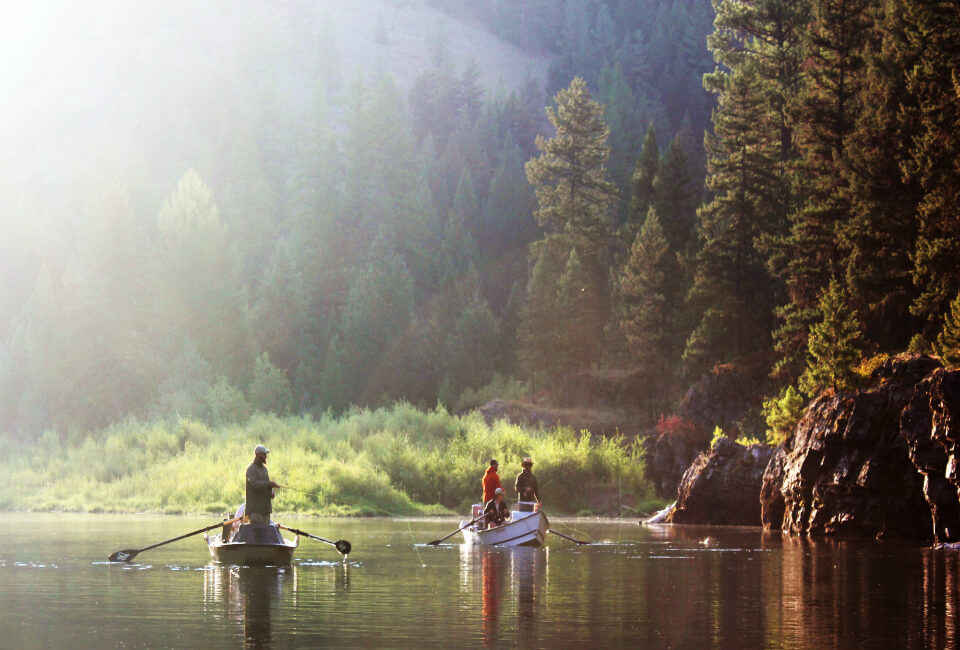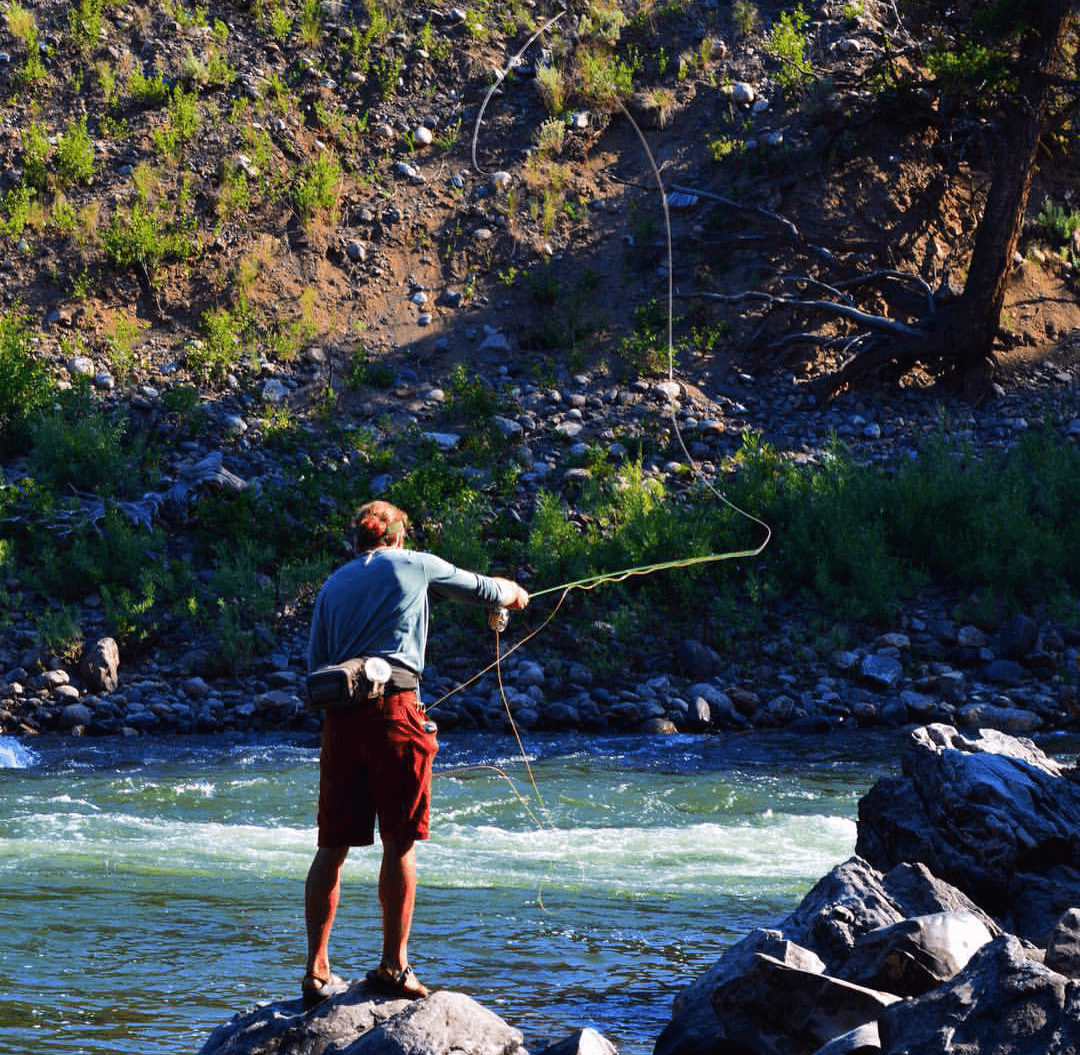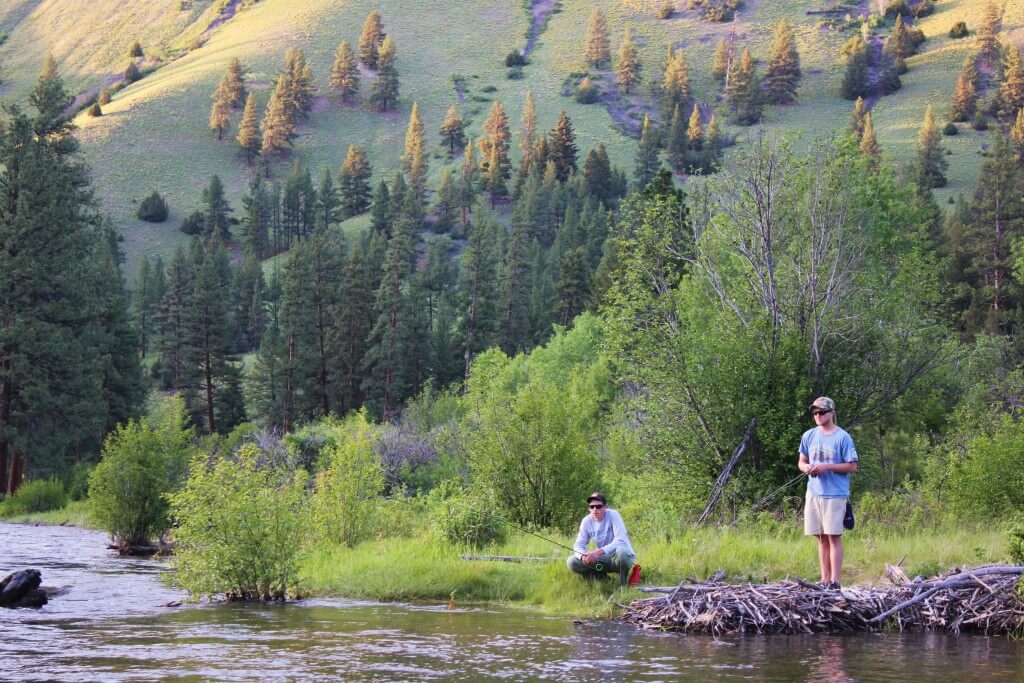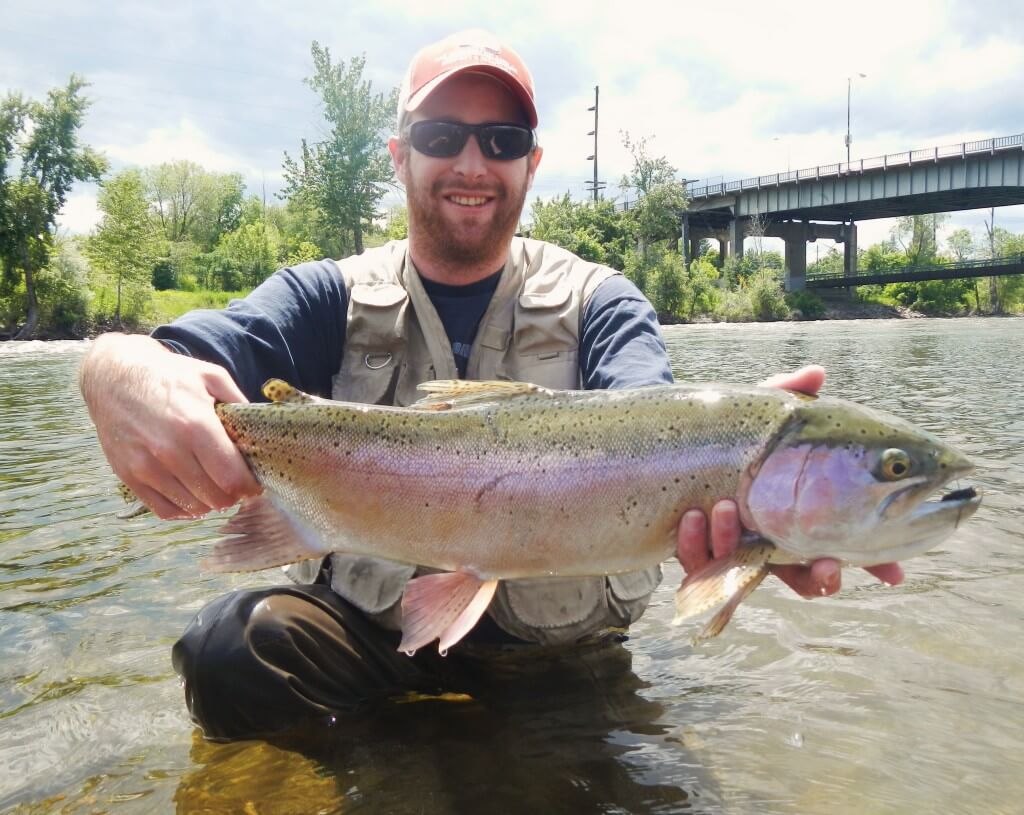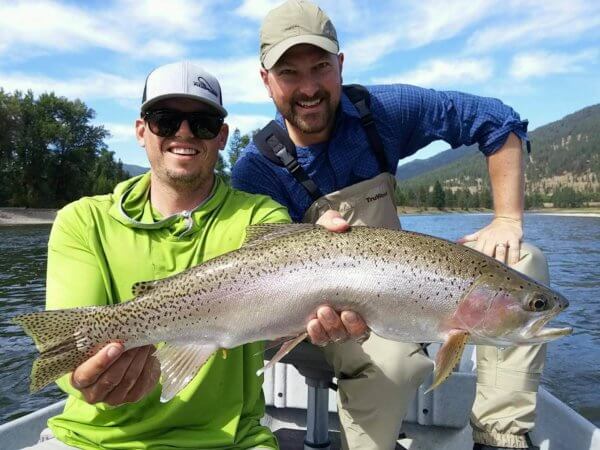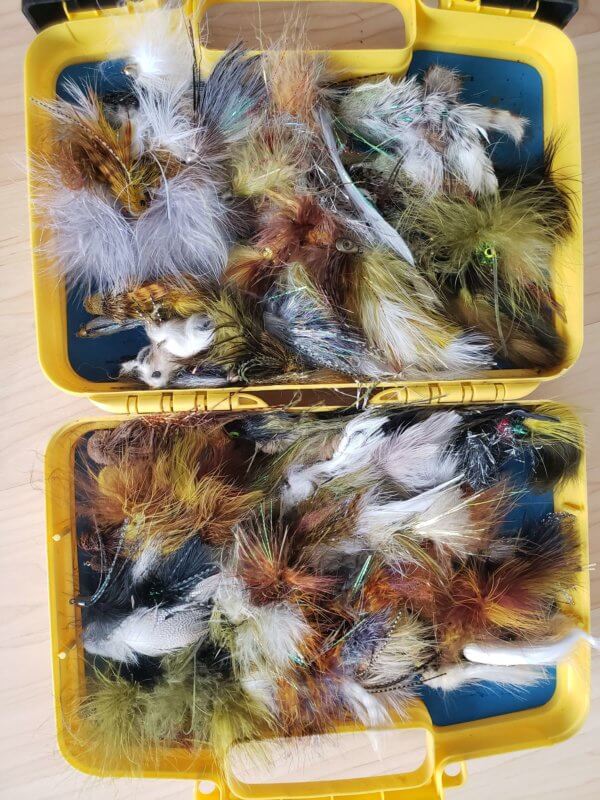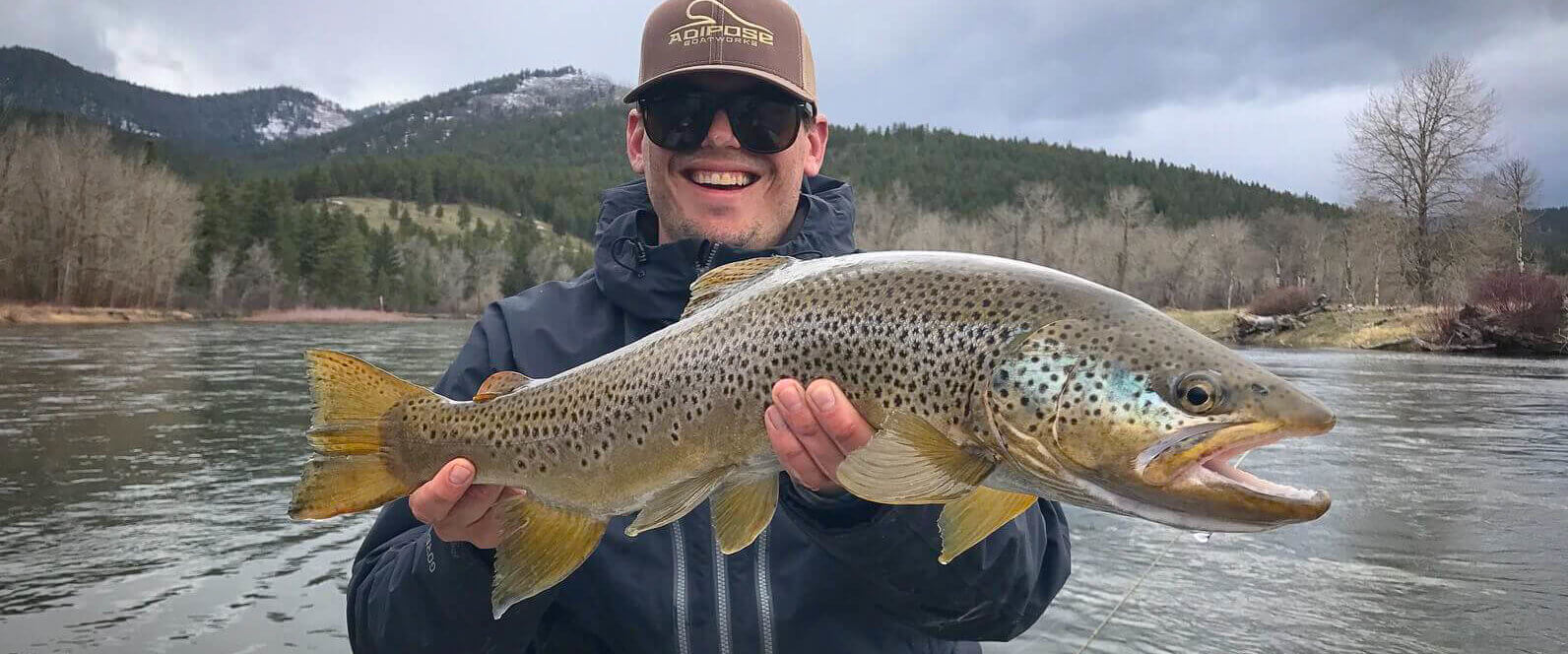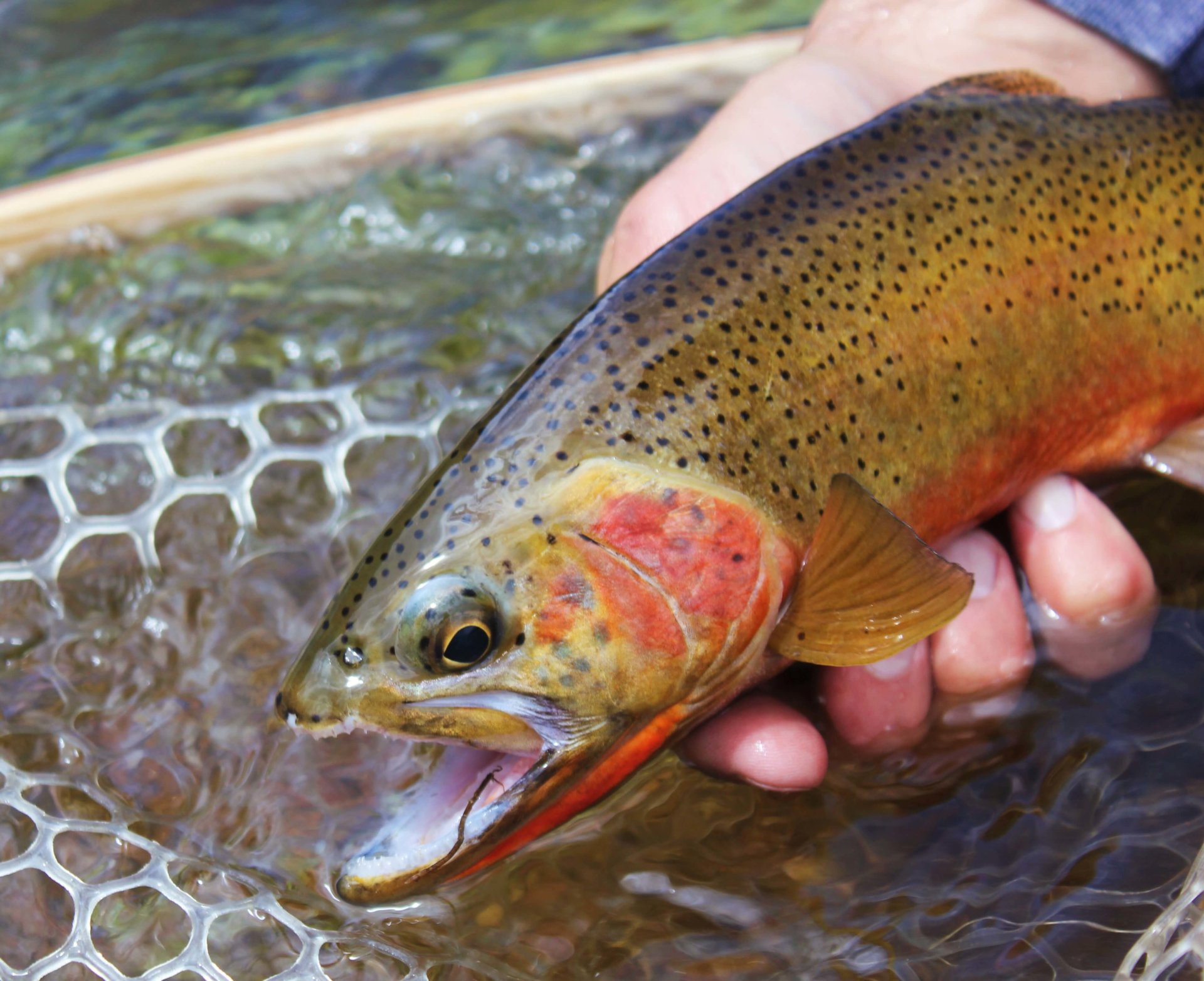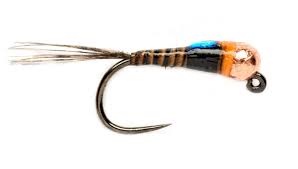Sure, we’re completely prejudiced- what did you expect! But we feel Missoula fly fishing guides are the best guides in Montana, and we can back that up. On June 30, every guide in town has a huge decision to make before they even start their day on the water. From the Missoulian Angler, they can head 80 miles west, east, south, northwest or southwest, choosing to fish on the Bitterroot River, Upper or Lower Clark Fork River, the Big Blackfoot River or Rock Creek. There are over 300 miles- yes, 300 miles!- of floatable river in about an hour’s drive from Missoula. That’s a lot of water to know and cover! Not trying to pick on our good friends on the Missouri, Bighorn and other tailwaters, but those rivers have limited areas to fish. Those guides know the fishable sections like they know their own face, but it’s not as much water to learn, not as many flies and not as many techniques to master.
Every river in Missoula has it’s own unique characteristics.
When you’re floating on Rock Creek, you’re moving fast! Covering 20-25 river
miles is not uncommon on that river in the last weeks of June. It’s narrow and
popular, which means the guides need to be on the lookout for wading fishermen
(of which there are many), sweepers, and all the other hazards that come with
any river. Add tying on flies and providing drinks, and a guide has his hands
full when floating Rock Creek.
The Bitterroot is almost the polar opposite of Rock Creek. Rock Creek flows along the base of a canyon for much of its length. It rarely changes its channels, so where you floated last year will be the way to go this year as well. Not so on the Bitterroot. Every June, Missoula fly fishing guides need to relearn the Bitterroot. Channels change, so you need to make the right choices when floating. That spot that was so good this spring? It’s gone. Post run-off, the best Missoula guides are scouting the Bitterroot, trying to locate where the fish have relocated to. Sure, the 10-14” fish are where they always are, but the big boys are a different story. They have to be relocated every year. Our guides definitely pool their resources on the Bitterroot, finding out what channels are open, and where it’s best to float. As the river drops into summertime, new challenges pop up- finding the channels with enough water to float, and finding the trout that have become skittish in the bright sun and warm temperatures. It’s what makes the Bitterroot such a challenging, demanding river. It’s a changing, and every year it takes a knowledgeable, skilled guide to find the fish and get them into the net.
The Blackfoot can be one of the trickiest rivers to row in the state. Those magnificent boulders and deep shelves that give this river character are also definite navigational challenges. Late June can be a very exacting time on the river, with the boulders, crags and sweepers getting up near the surface where they can some damage, but with so much push from the high water that a guide has to get his rowing line through some stretches perfectly, or you’re going to find yourself in a bit of mischief. And like the Bitterroot, as the Blackfoot drops, the guides again have to find the sun shy fish and navigate a river that may be 1/8 the size it was 5 weeks ago! It takes a guide with the skill of a white water rafter to navigate the Blackfoot, and Missoula can fill any two local taprooms (day off) with guides who can row like fury, fish with passion and instruct with grace and elegance.
When it comes to the Clark Fork, it’s a tale of two rivers. The Upper Clark Fork River is narrow, tricky to row and fish from a boat, and can be a bit stingy. But when it’s on, it’s fire, and no one is there. It can provide an amazing experience on a smaller river. As the Clark Fork transitions from a smaller river to the largest in the state, the water varies wildly, from huge logjams to the urban town float, where you can fish a great river and stop at 3-4 riverside bars in Missoula and enjoy a cold beverage or a hot lunch! Better know which town channel to take, or you’ll miss the take out by 4 miles! Once the Bitterroot enters, the Clark Fork gets big and slow. You can find some amazing technical dry fly fishing to the largest rising fish in Missoula. The nymphing can be spectacular, and streamers can move a Brownie fatter than an average trout is long on almost any cast!
Let’s toss this in. We’re a two hour run to the Missouri river or the upper Bighole river. Three to the Beaverhead river or the headwaters of the Missouri. Don’t think Missoula guides aren’t familiar with these waters as well.
It’s 7:30 am and Missoula’s best fly fishing guides are texting, talking and planning their day. What’s hot, what’s not. They’ll be meeting their guests, and having a conversation with them. What are they expecting fom their day? (Missoula’s Best Guides) Lots of fish, dries, scenery, technical? This all goes into the mix as the guides ponder their four distinct options, the four distinct personalities that make Missoula such an eclectic fly fishing destination.
That’s not all that goes into a float trip, not by a longshot. Gas, clean boat and rig, delicious lunch and a positive attitude are a given. The guides need to know the water they’re going to take you to. It doesn’t work to see the take out 2 hours after putting in, or still see the put in 9 hours into the day. Missoula guides can manage a day on the water to perfection, having you home for dinner or squeezing the most out of the day. They know every shuttle driver in 100 miles from the shop. They’re prepared to fish any river at any time. While all the rivers have much of the same hatches, each river has its favorite flies and best angling practices. The guides need to be tricked out with the best flies for wherever their fancy takes them.
The Missoulian Angler has the largest fly selection in town, and over the course of the year, we see just about every guide in Missoula. Matt Robb, Russell Parks, Damon Cox, Tony Reinhardt, Chase Harrison, Dustin Stenson, Joe Boone, Greg Inglis and Scott Stanko– we see them all. And it’s the same thing every day, where am I going to fish. Decades of experience walk through our shop daily, and we watch the wheels spinning. We hear the slyly crafted questions and the tell-tale hints that might lead to the mother-lode. Or it could be as simple as calling Tommy at Four Rivers Shuttle or Pat Bond and ask where they have the fewest boats! So many strategies employed to find our guests the best fly fishing in Montana.
But it all boils down to one thing. Once you’ve committed, once the best fishing guides in Missoula have decided on, that 6 mile float, 9 mile float or 13 mile float, you know there’s still 290 MILES of river you’re not fishing that day. Was it the best call? Was it an average call. Did you float lockjaw territory? When you’re as diverse as Missoula, when you can basically dial up about any type of fishing you’re looking for, from blanket hatches to technical Euronymphing, Missoula, Montana always has that mystery about it. You’ll know about how your day is going to go tomorrow morning, when todays fishing is grist for the mill! And once again, the choice is there. That’s the face every guide wears in the morning, what is he missing. But here’s a fact, and you can take it to the bank (Haha!), whatever water you’re fishing, Missoula’s guides will fish the ever-loving crap out of it.
Missoula’s best guides have a skill set that is rivalled by
few. They can row. The best guides in Missoula row the trickiest and rockiest
rivers in Montana on a daily basis, adjusting as the rivers change from day to
day. Imagine the skill set needed to work in 4 separate buildings, separated
into multiple offices, that can change on a daily basis. That’s a guide’s life
in Missoula. It takes a while to get familiar with all the water around
Missoula, knowing the best flies and techniques for each river. Luckily, the
city and the rivers are a magnet, attracting and keeping guides for decades.
When we say Missoula guides are amongst the best in the state, we can back that
up with diversity, skills and preparation.
It’s a passion, but it’s a business as well. Missoula fly fishing guides approach each day as craftsmen, knowing each day will be different, and confident they will rise to the challenge. They have the option of fishing over 300 miles of river, know what’s fishing, finding out what their guests want, balance that against where the best fishing is, and make the call. With fly boxes stuffed to the gills (Haha) with the best flies for every river, they have a full tank of gas, and their sunglasses are on! These guides are ready for their clients, ready for the rivers, and ready to make your day the best fly fishing Missoula has to offer!

